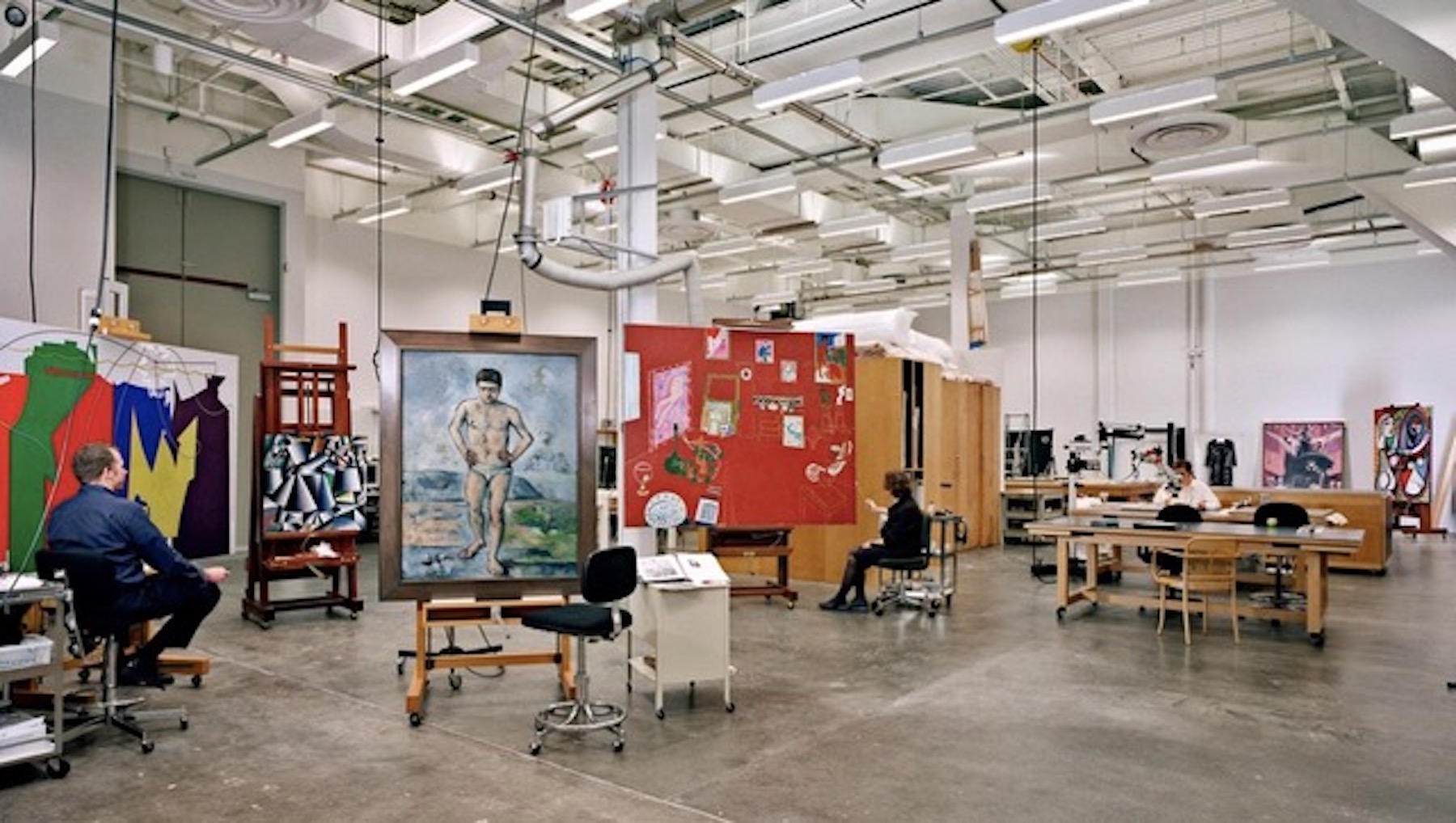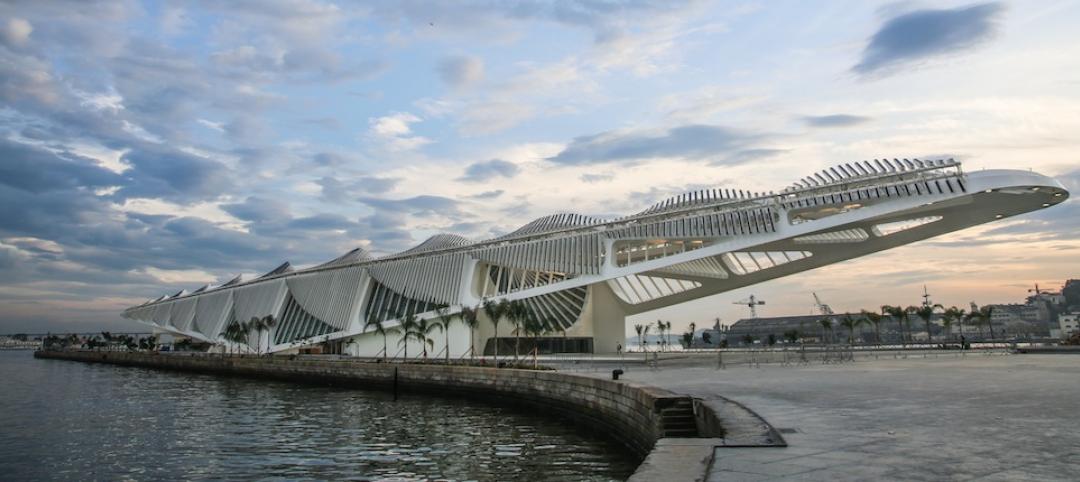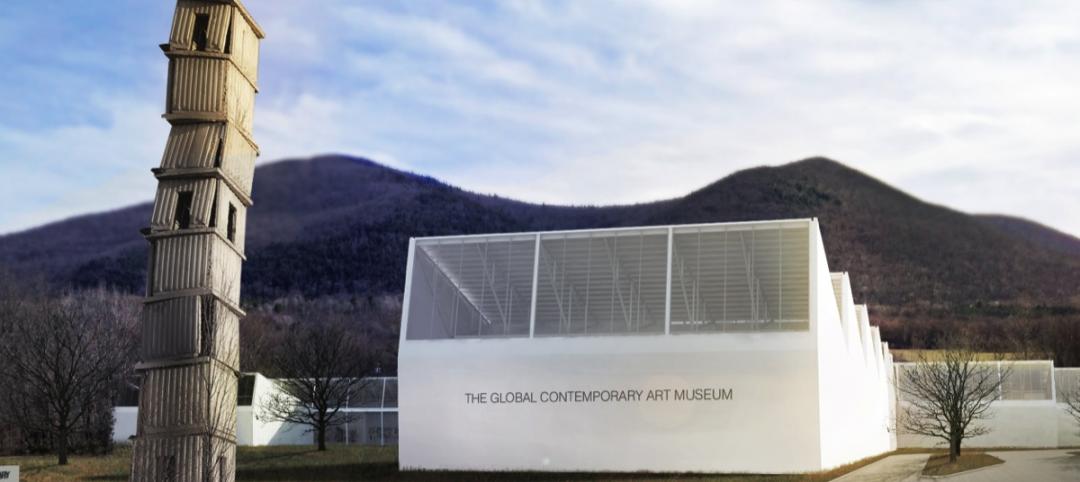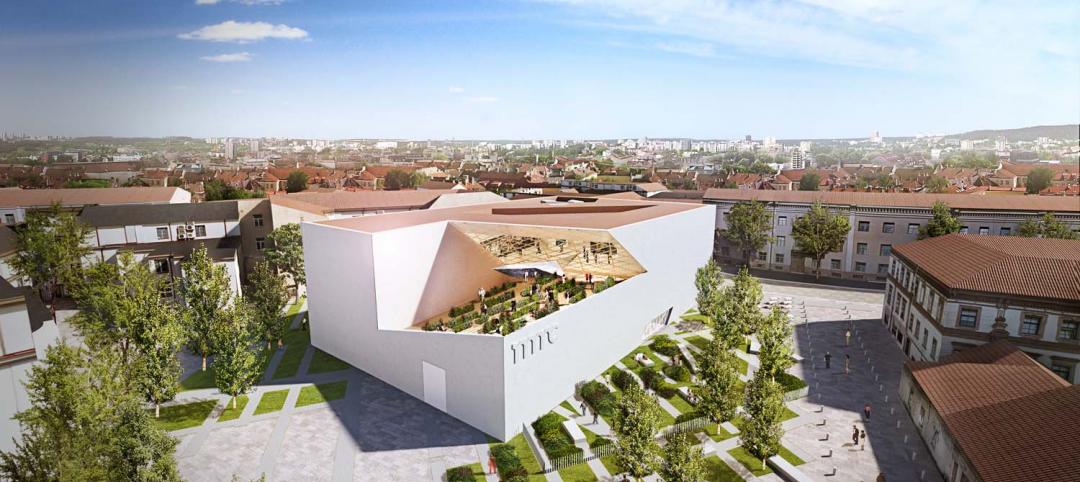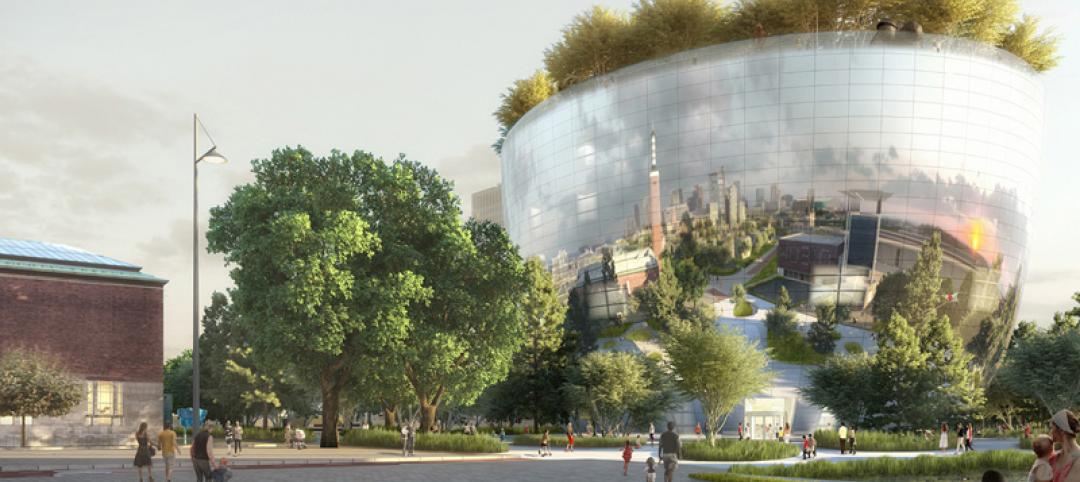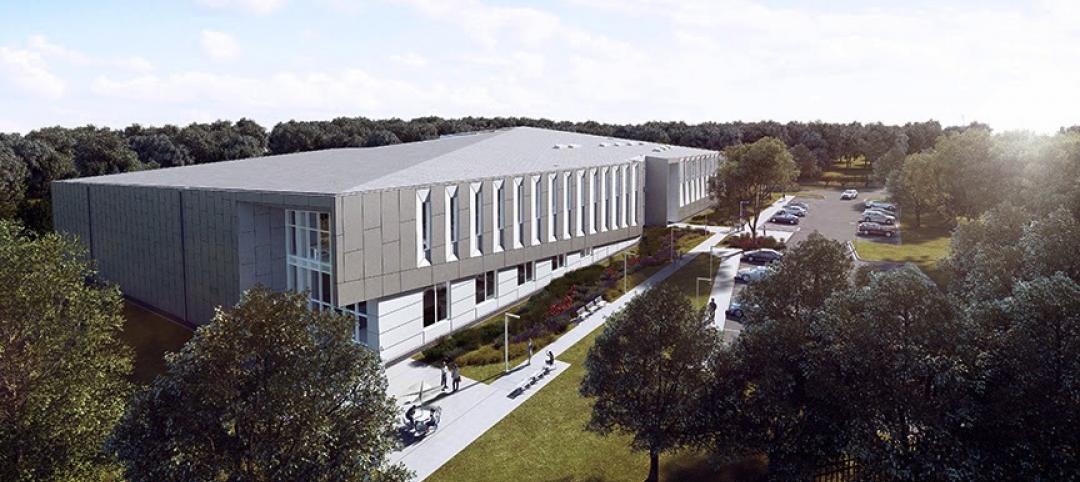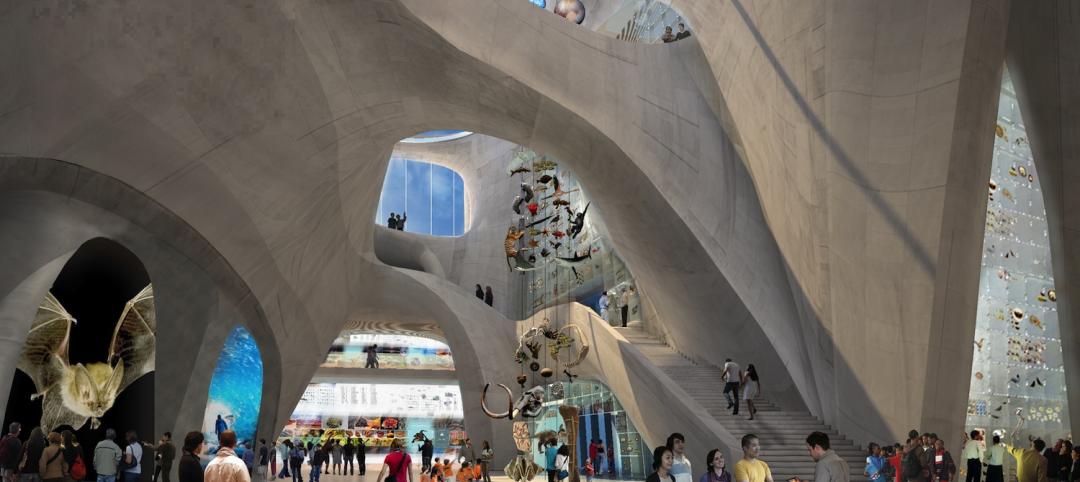Museums put a lot of thought and care into the displays of their objects. Yet almost all of these institutions can present only a fraction of their artifacts. They have to keep the rest in storage.
That’s why museum leaders should focus as much design attention on the archives as the galleries themselves, according to a new white paper by Erin Flynn and Bruce Davis, architects and museum experts with the firm Cooper Robertson.
In the paper, which comes out later this year, Flynn and Davis argue that collection storage can no longer be an afterthought. They show how thoughtfully designed storage systems improve the accessibility of museum archives, while also creating a better environment for the preservation, protection, and study of the collections.
One main takeaway from the paper: Good museum storage design requires a collaborative effort among architects, engineers, curators, and other specialists at the start of any museum project. At the Whitney Museum, for instance, this multidisciplinary approach led to design changes that will protect the storage areas and galleries in the event of severe weather, such as flooding.
The paper also highlights the specific engineering conditions needed to create a cooler, drier climate in archival spaces, as well as the value of isolated mechanical systems in each gallery and storage area.
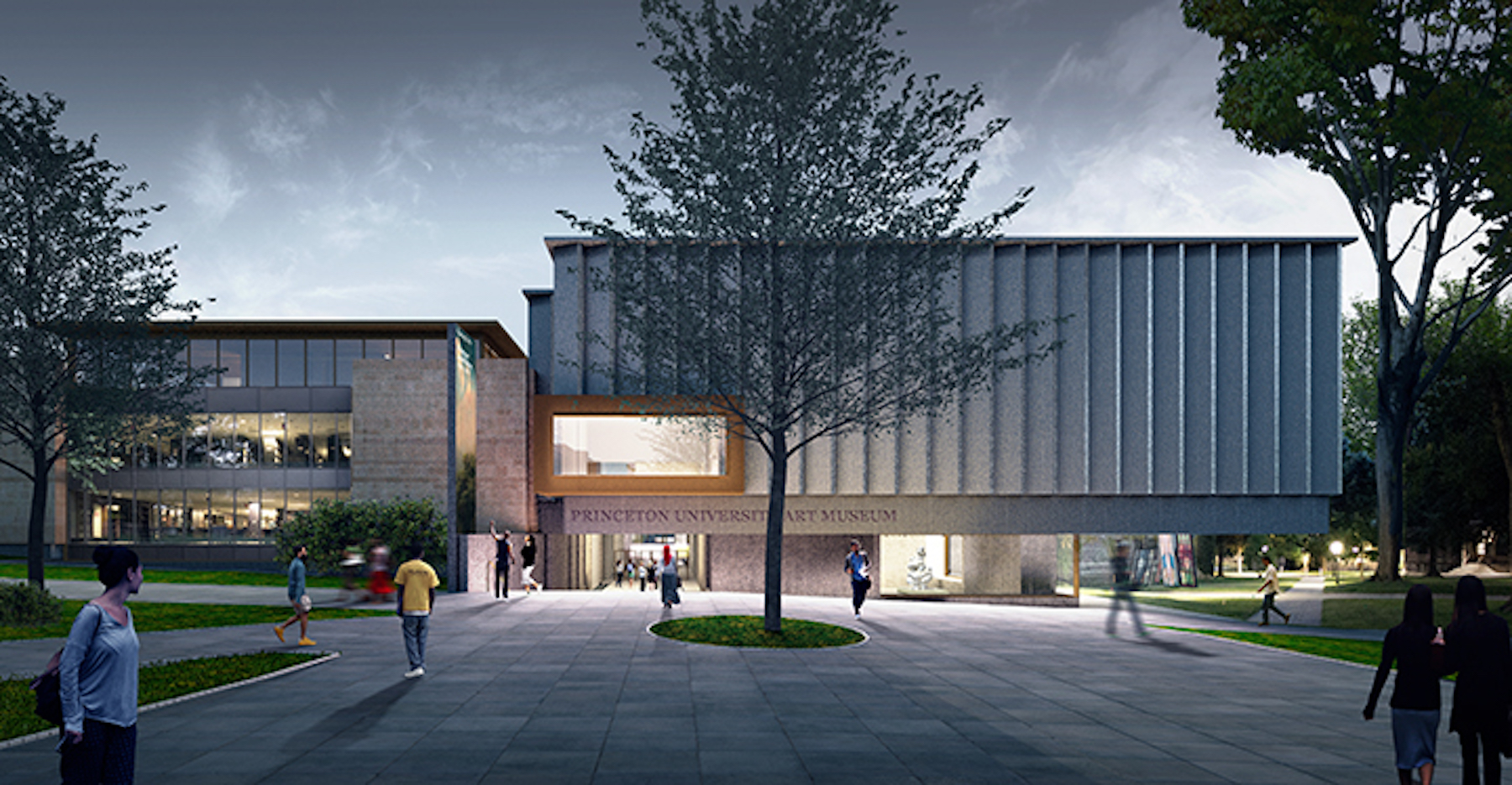
Other key takeaways:
Expanding collections often house large and mixed-media pieces, which puts more pressure on existing storage spaces.
Overcrowded storage could lead to narrowed circulation paths and jeopardize the safe retrieval of objects.
Museums need to determine if it’s more cost effective to lease offsite storage spaces or build their own.
One creative approach is visible storage. This typically involves arranging items in dense displays behind glazing to maintain proper preservation conditions while also allowing more of the collection to be on display for the public.
Cooper Robertson has provided design and planning work for over 50 museums and collection-based institutions, including the Whitney Museum of American Art, MoMA, the Gateway Arch Museum, and the upcoming Princeton University Art Museum.
Related Stories
Architects | Jan 15, 2016
Best in Architecture: 18 projects named AIA Institute Honor Award winners
Morphosis' Perot Museum and Studio Gang's WMS Boathouse are among the projects to win AIA's highest honor for architecture.
| Jan 14, 2016
How to succeed with EIFS: exterior insulation and finish systems
This AIA CES Discovery course discusses the six elements of an EIFS wall assembly; common EIFS failures and how to prevent them; and EIFS and sustainability.
Museums | Dec 18, 2015
Santiago Calatrava-designed museum with skeletal roof opens in Rio
The Museu do Amanhã addresses the future of the planet and has an inventive, futuristic design itself.
Museums | Dec 16, 2015
Gluckman Tang-designed museums could stimulate economy in North Adams, Mass.
The goal is to create a “cultural corridor” between North Adams and Williamstown, Mass.
Museums | Dec 4, 2015
Calatrava’s Milwaukee Art Museum gets handsome addition by HGA
The lakefront addition gives visitors expansive views both inside and out.
Museums | Dec 3, 2015
SANAA’s design selected for Hungary’s new National Gallery and Ludwig Museum
After months of deliberation, the Japanese firm ultimately won the tie with Snøhetta.
Museums | Nov 23, 2015
Daniel Libeskind unveils design for new Lithuanian modern art museum
Located in the national capital of Vilnius, the Modern Art Center will be home to 4,000 works of Lithuanian art.
Museums | Nov 11, 2015
MVRDV designs a ‘disco ball’ for Rotterdam
Called the Collectiegebouw (Dutch for "collection building"), the building will make public the city’s extensive art collection, and give visitors a look at how museums work backstage, according to Fast Company.
Museums | Nov 10, 2015
U.S. Holocaust Memorial Museum breaks ground on Collections and Conservation Center
Designed by SmithGroupJJR, the David and Fela Shapell Family Collections and Conservation Center will provide long-term, secure preservation for evidence of the Holocaust.
Museums | Nov 6, 2015
Studio Gang designs sculpted science center for the American Museum of Natural History
The Richard Gilder Center for Science, Education, and Innovation will hold areas where visitors can engage with high-tech tools, such as gene mapping, 3D imaging, and big data assimilation and visualization, all to learn about the current state of scientific research.


